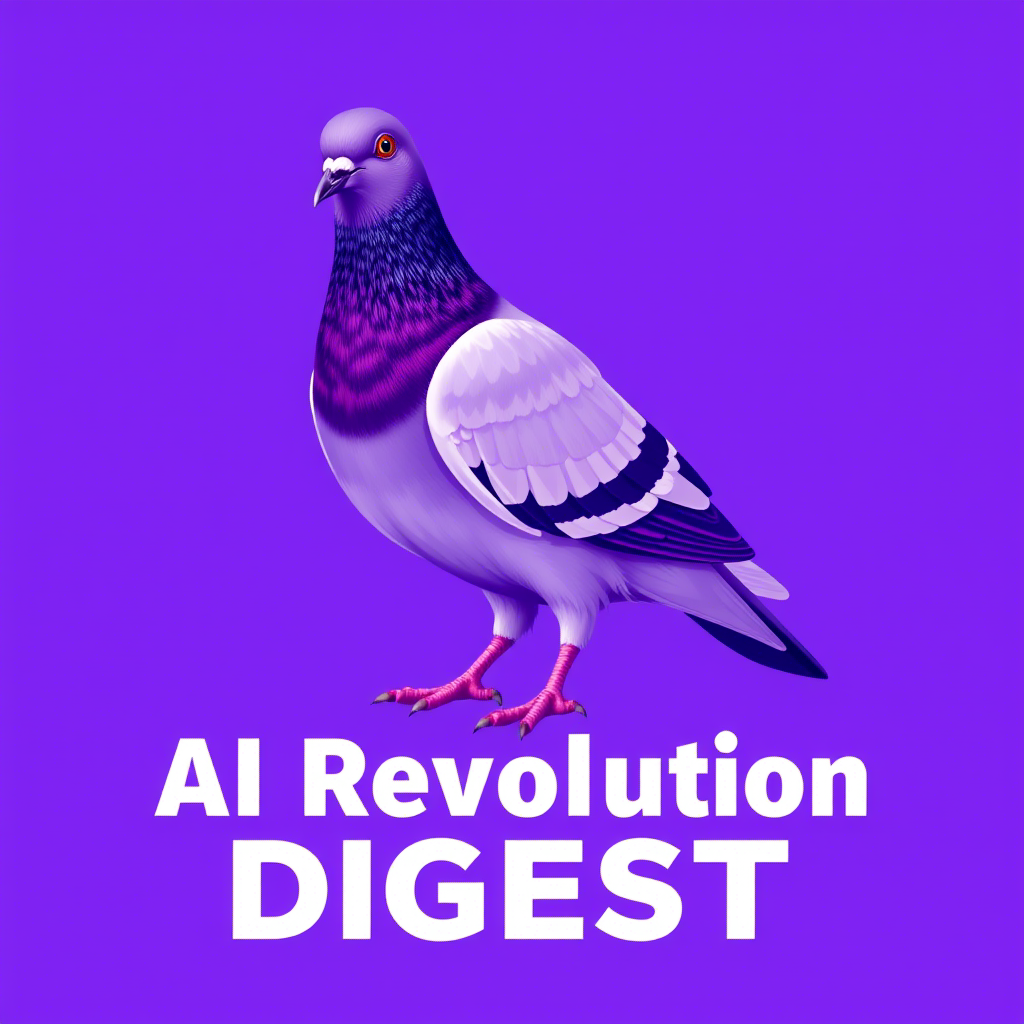Introduction to OWL and Its Significance
The OWL (Optimized Workforce Learning) project is a cutting-edge initiative aimed at revolutionizing workforce training and automation through advanced technology. At its core, OWL addresses the increasing complexity of tasks in dynamic real-world environments, where adaptability and efficiency are paramount. The project integrates artificial intelligence, machine learning, and multi-agent systems to create a robust framework that is capable of optimizing task performance across various sectors.
One of the primary motivations for developing OWL stems from the necessity to automate repetitive and time-consuming tasks, thereby allowing human workers to focus on more strategic activities. The modern workforce faces numerous challenges, including the need to rapidly adapt to changing conditions and to maintain high levels of productivity. By leveraging optimized workforce learning, organizations can implement a system where multiple agents collaborate effectively to accomplish tasks with minimal human intervention.
Multi-agent systems play a crucial role in the OWL framework, as they allow for the distribution of tasks among various agents that can work simultaneously. This leads to improved efficiency, as each agent is designed to perform specific functions, communicate with each other, and adapt based on real-time feedback from their environment. The resulting synergy among agents not only accelerates task completion but also enhances accuracy and reliability in performance.
Furthermore, OWL is significant for its ability to continuously learn and improve over time, utilizing data-driven insights to refine processes. This self-optimizing capability ensures that organizations are not only able to automate their current tasks but are also prepared to evolve with future demands. As industries move towards greater automation, understanding and implementing OWL will be essential in maintaining a competitive edge.
Key Features and Capabilities of OWL
The OWL system stands out due to its comprehensive set of features and capabilities designed to optimize workforce learning through collaboration among multiple agents. A significant aspect of OWL’s performance is its benchmarking against the GAIA standard, which establishes it as a leading choice in its domain. GAIA standard assessments ensure that OWL develops in alignment with best practices, promoting efficiency and coherence in its operational parameters. Its average score achievements underline the system’s reliability and effectiveness in multi-agent assistance settings.
Another crucial feature of OWL is its advanced design architecture that supports a wide range of applications. This architecture is not only modular but also flexible, allowing developers to create tailored solutions that align with specific organizational needs. Whether it is for training programs, resource management, or task delegation, OWL adapts to the evolving dynamics of workplace environments. Its capacity for customization means that organizations can implement OWL in ways that directly enhance their operational frameworks.
Automation capabilities further distinguish OWL as a robust solution for various tasks. By leveraging artificial intelligence, OWL facilitates seamless cooperation among agents, enabling them to work concurrently and efficiently. This is particularly beneficial in distributed workforces, where agents must coordinate effectively despite geographical separations. The strategic advantages that come from employing OWL include enhanced communication, streamlined processes, and improved decision-making, all of which contribute to an optimized learning and working environment.
Ultimately, the combination of benchmarking performance, adaptive architecture, and AI-driven collaboration makes OWL an indispensable tool for organizations seeking to enhance their workforce capabilities through effective multi-agent assistance.
Getting Started with OWL: Installation and Usage
To unlock the full potential of the OWL software, a systematic approach to installation is crucial. This guide will walk you through the steps necessary to effectively install and utilize OWL on various platforms. Before beginning the installation, it is essential to verify that your system meets the prerequisite requirements, which typically include a compatible operating system, sufficient memory, and any necessary dependencies.
For Windows users, the installation process begins by downloading the OWL installer from the official website. Once the download is complete, run the installer and follow the on-screen prompts. Ensure that your firewall settings allow OWL to access the network, as this functionality is vital for multi-agent assistance programs.
Linux users can benefit from using package managers. For example, you can install OWL by executing the command ‘sudo apt install owl’ in the terminal, if the software is available in your distribution’s repository. Otherwise, downloading the tarball and extracting it can also provide a clean installation. For macOS users, the Homebrew package manager simplifies the installation with the command ‘brew install owl’, streamlining the process considerably.
After successful installation, it’s advisable to explore the provided examples that demonstrate OWL’s features. The OWL development kit includes sample projects that showcase various applications, from automating simple tasks to implementing complex systems that enhance collaborative workflows. These practical applications serve as valuable references for both new and experienced users.
For developers and researchers looking to integrate OWL into their systems, comprehensive documentation is available. This resource covers the extensive functionalities of OWL and provides insights into real-world applications, allowing users to harness the capabilities of OWL effectively. By following this guide, you can easily get started with OWL and enhance your task automation capabilities significantly.
Community Engagement and Contribution Opportunities
The OWL project benefits significantly from a vibrant community of users who actively engage with the platform. This ecosystem encourages collaboration and the sharing of insights among contributors, fostering a collective pursuit of optimized workforce learning in multi-agent assistance. Users can participate in various online forums and social media platforms such as Discord, Reddit, and WeChat, where discussions revolving around OWL are commonplace. These platforms facilitate communication between seasoned developers and those new to the project, providing a space for exchanging ideas and troubleshooting common challenges.
On Discord, dedicated channels allow members to ask questions, seek advice, and share best practices related to OWL. Such interaction is crucial for users looking to deepen their understanding of the tool or troubleshoot specific issues. Additionally, Reddit forums serve as a platform for broader discussions, where users can post experiences, request features, or offer feedback on existing functionalities. WeChat also plays an essential role, especially for users in regions where it is widely used, fostering localized and culturally relevant dialogues about OWL.
For those interested in actively contributing to the project’s development, OWL has made it easy to get started. Resources, including extensive documentation and guidelines for coding contributions, are readily available on the official website. Users are encouraged to explore opportunities to submit code, report bugs, or suggest enhancements, all of which are vital for the continual improvement of the software. Moreover, citing the research paper associated with OWL is recommended for individuals looking to contribute academically to the project. Overall, the community surrounding OWL not only amplifies the tool’s capabilities but also enhances the overall learning experience for every user. Engagement in this ecosystem translates to shared knowledge and collaborative advancements, fostering a robust environment for optimized workforce learning.

